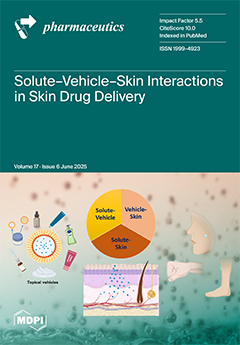Background/Objectives: Ivy leaf extract has been shown to alleviate bronchial infection symptoms through various mechanisms, including anti-inflammatory effects. However, its impact on adaptive immunity, particularly dendritic cell (DC)/T-cell interactions, remains unexplored. This study investigated the immunomodulatory potential of ivy leaf extract (EA 575
®) using human monocyte-derived DCs (MoDCs).
Methods: Immature MoDCs (imMoDCs) were differentiated with IL-4/GM-CSF and matured with LPS/IFN-γ (mMoDCs). MoDCs, treated with EA 575
® during differentiation, were co-cultured with purified T cells.
Results: EA 575
® (non-cytotoxic up to 100 µg/mL) inhibited MoDC differentiation and maturation by reducing the expression of CD1a, CD83, CD40, CD86, HLA-DR, Dectin-1, CD206, CD209, HIF-1α, and proinflammatory cytokines (IL-12, IL-23, IL-27, IL-1β, IL-6, TNF-α). EA 575
®-treated mMoDCs suppressed allogeneic T-cell proliferation and reduced Th1 (IFN-γ), Th17 (IL-17A, IL-22), Th9 (IL-9), Th21 (IL-21), TNF-α, and IL-6 responses. Effects were dose-dependent, with higher concentrations (100 µg/mL) showing stronger inhibition. At lower concentrations (20 µg/mL), EA 575
® increased Th2 (IL-4, IL-5) and IL-10 responses, and the frequencies of CD4+ T cells with Treg properties, such as CD25hiFoxp3+, Tr1 (IL-10+Foxp3−), and IL-35+ Foxp3+ cells. Immunoregulatory mechanisms mediated by EA 575
®-treated mMoDCs correlated with the upregulation of tolerogenic markers (PD-L1, ILT3, ILT4, IDO1) on mMoDCs and the increased frequency of exhausted CD4+ T cells (PD-1+CD69+) and cytotoxic T cells (Granzyme B+PD-1+).
Conclusions: EA 575
® induces tolerogenic DCs with significant anti-inflammatory and immunoregulatory properties, a previously undescribed phenomenon. Lower concentrations primarily enhance immunoregulatory responses, while higher concentrations exert more pronounced anti-inflammatory effects.
Full article






